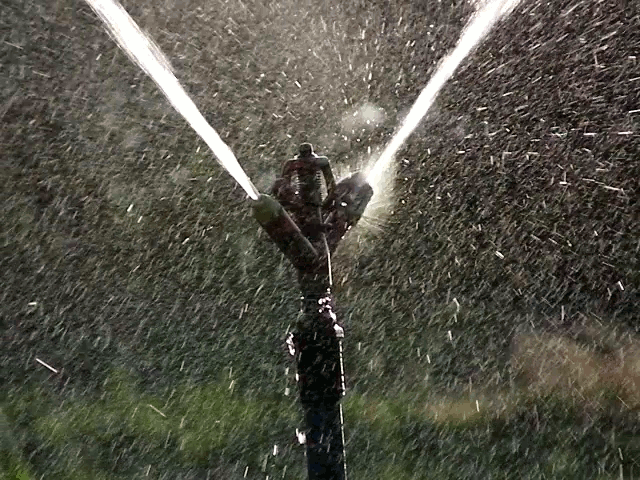PART III- URBAN SETTLEMENTS
Who owns the land?
While not from the Southwest she totally would have supported water rights. Source: Tumblr
We've looked at water rights and usage through a very Western focus so now it's time to touch on Native's rights to water in the American Southwest. I want to give an overview of some of the issues with Arizonian Native water distribution. *Disclaimer* I will not single out individual tribes to maintain an overview perspective.
So do Native people have rights to water and the rivers? In theory, of course they do! Tribal lands have water needs just as the cities and farmlands need water. The problem comes when Native uses and Western uses come into conflict with each other.
In Arizona Anderson et al. (nd) highlight the five C's; Copper, Cattle, Citrus, Cotton and Climate and how all together the industries are draining the state of water in addition to the state's aridification. As the big C's are intertwined politically, they marginalize Native's when attempting to claim water rights.
However, that changed with the Arizona Water Settlements Act that passed in 2004. The bill ensures that Arizonian Natives permanently receive 47% of the Central Arizona Project water supply. This guarantees water rights to the tribes and reestablished the water rights hierarchy putting native uses above the rest (Anderson et al. nd). In addition, as Arizona does not always fully use its share of the Colorado River it means that within their share, Natives are able to store the water they don't use for times of drought. As Anderson et al. state this is mostly done by replenishing groundwater aquifers.
Sometimes the Native lands are too large, dry and sparsely populated to efficiently use running water sources. Karanikola et al. (2014) developed a method to clean brackish groundwater through a solar powered device to ensure tribal lands have access to clean water. While great in design this will only be viable in the long run if the groundwater is replenished!
The further you dive into Native water rights the more complex it gets with individual tribes taking states to court over it. But I wanted to introduce this alternative. While our mega farming and urban sprawl grows thirstier and thirstier its easy to forget other cultures need that water too. This is not to say that Natives don't participate in development but rather the development does not always appear as we might expect it to.
So what do you think? Should we be more concerned with how much water the Natives get? Is it enough/too little? What about future water sustainability? You tell me!










